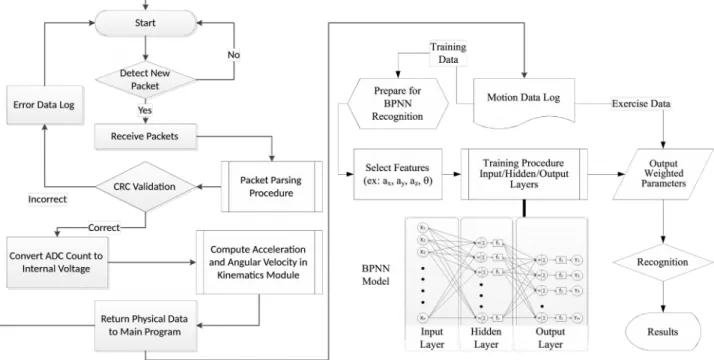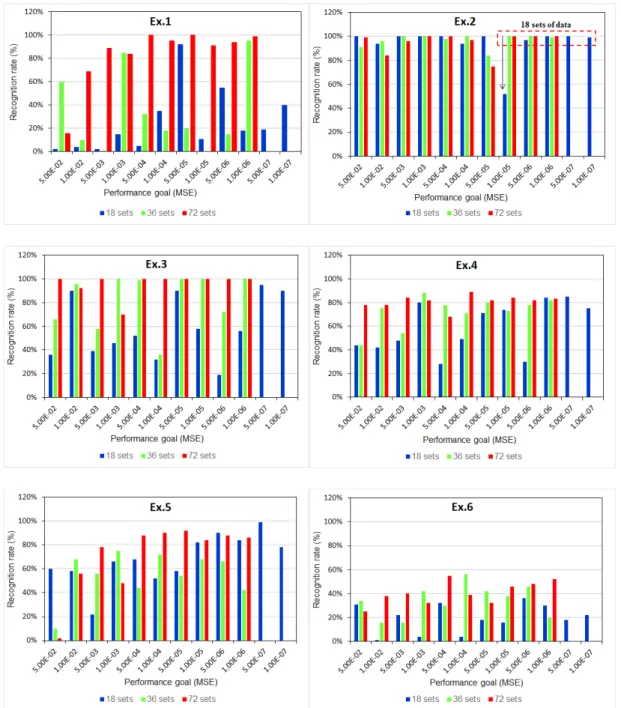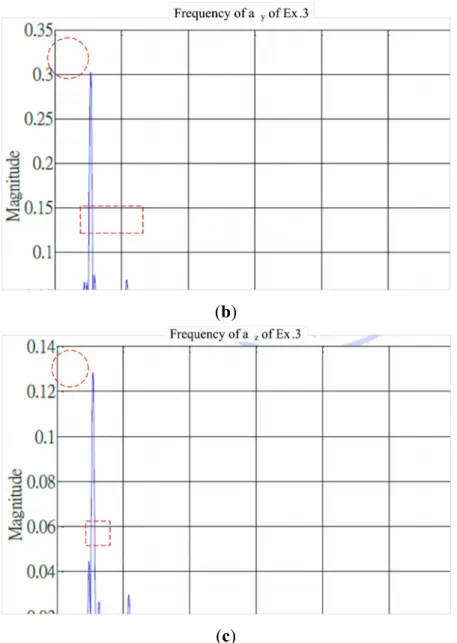An Activity Recognition Model Using Inertial Sensor Nodes in a Wireless Sensor Network for Frozen Shoulder Rehabilitation Exercises
全文
數據
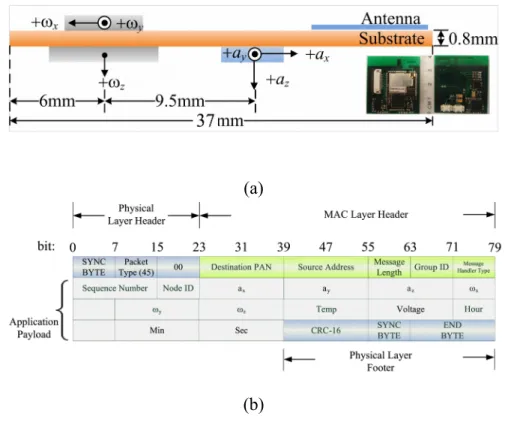
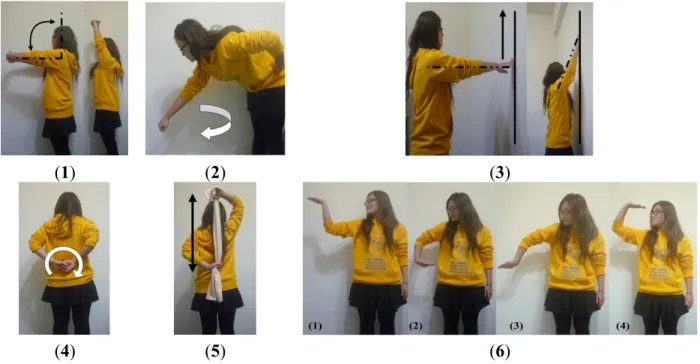
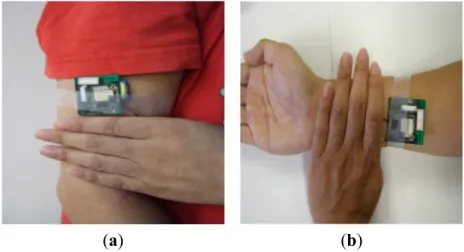

相關文件
To illustrate how LINDO can be used to solve a preemptive goal programming problem, let’s look at the Priceler example with our original set of priorities (HIM followed by LIP
A multi-objective genetic algorithm is proposed to solve 3D differentiated WSN deployment problems with the objectives of the coverage of sensors, satisfaction of detection
The angle descriptor is proposed as the exterior feature of 3D model by using the angle information on the surface of the 3D model.. First, a 3D model is represented
To solve this problem, this study proposed a novel neural network model, Ecological Succession Neural Network (ESNN), which is inspired by the concept of ecological succession
The objective of this study is to establish a monthly water quality predicting model using a grammatical evolution (GE) programming system for Feitsui Reservoir in Northern
A digital color image which contains guide-tile and non-guide-tile areas is used as the input of the proposed system.. In RGB model, color images are very sensitive
Furthermore, based on the temperature calculation in the proposed 3D block-level thermal model and the final region, an iterative approach is proposed to reduce
The study was based on the ECSI model by Martensen et al., (2000), combined with customer inertia as a mediator in the hope of establishing a customer satisfaction model so as
